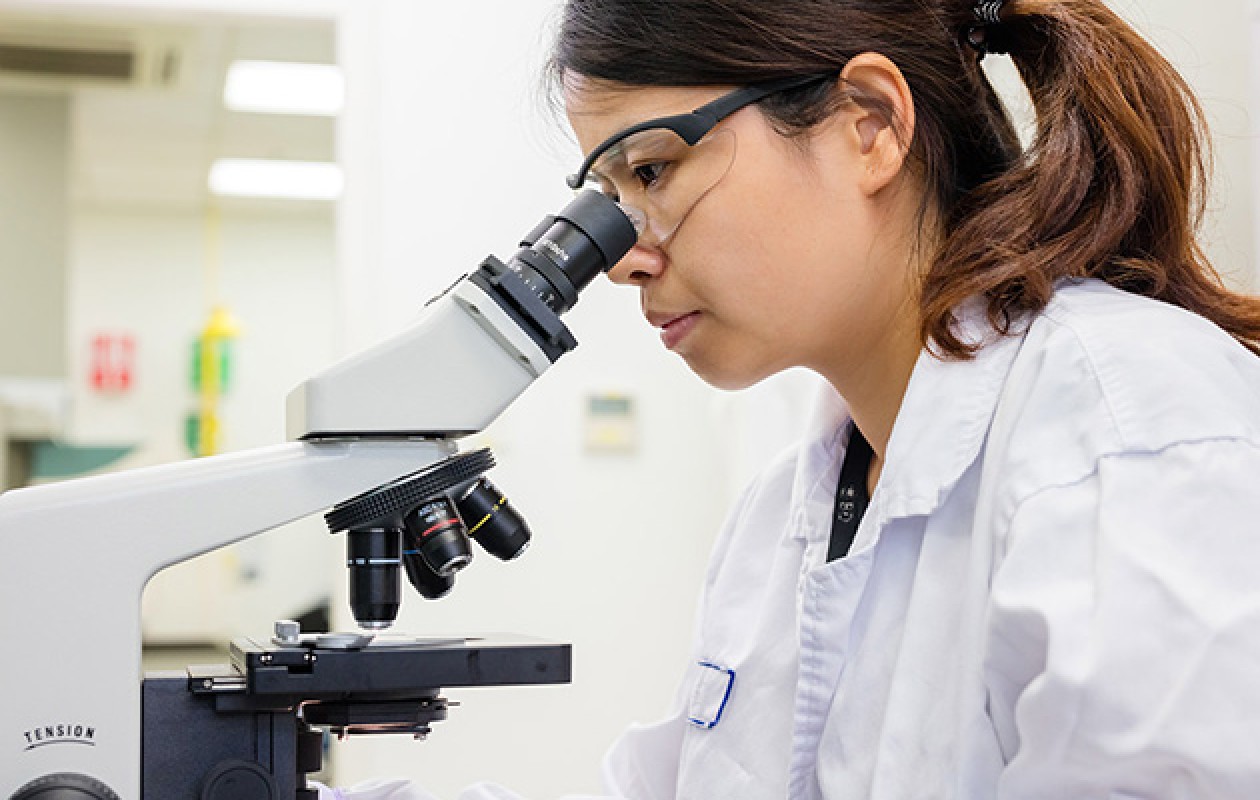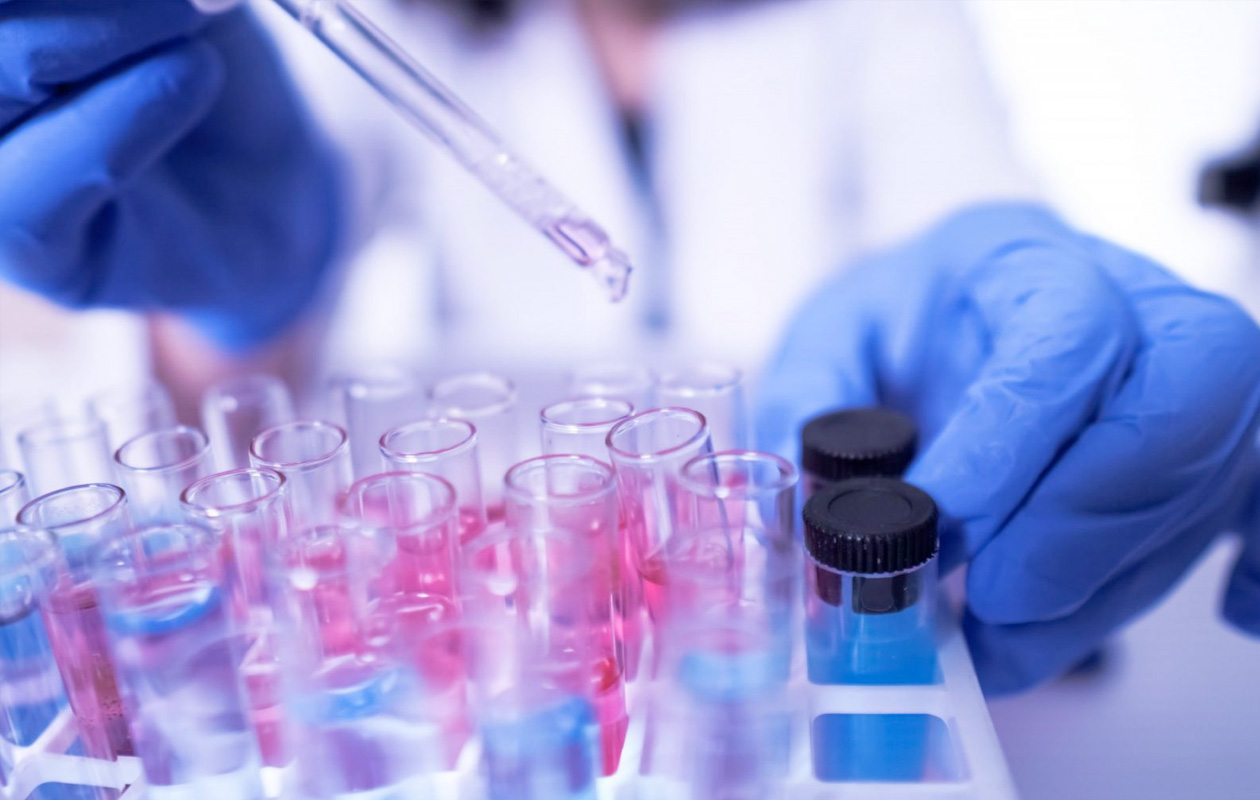The importance of self-collection in HPV screening

People with a cervix welcome the possibility to self-collect their sample for cervical cancer screening at home.
Self-collection can potentially extend screening coverage by increasing participation rates and represents a unique opportunity for expansion to hard-to-reach populations.1,2
More people screened means less cases of cervical cancer.1,3
As such, HPV testing on self-collected samples has become an integral part of the strategy to eliminate cervical cancer as a public health problem in Europe.3
“All European nations should, by 2030, reach at least 90% HPV vaccine coverage […], achieve 70% of screening coverage […], providing also HPV testing on self-samples for non- or under-screened women; and manage 90% of screen-positive women.” The European response to the WHO call to eliminate cervical cancer as a public health problem, 2021.3
Not only can self-collection increase screening coverage, but it is also seen by experts as a method of choice for the future of cervical cancer screening programmes.1,2,10
Self-collected and clinician-collected samples provide similar performance for the detection of precancerous lesions when used with PCR-based HPV tests.2
A meta-analysis of 56 test accuracy studies and 25 randomised trials concluded that PCR-based hrHPV assays were as sensitive and specific on self-collected samples as on clinician-collected samples.2
When choosing an HPV assay, make sure that it offers at-home self-collection and a convenient logistical chain.
BD offers a solution specifically designed for self-collection that provides a convenient logistical chain from sample to testing and has the lowest proportion of invalid results compared to other PCR-based HPV assays.11-13
BD solutions for self-collection
*Ratio of pooled relative sensitivity of self-collected samples versus clinician-collected samples using PCR-based hrHPV assays.
CIN2+, cervical intraepithelial neoplasia grade 2 or higher; CIN3+, cervical intraepithelial neoplasia grade 3 or higher; COVID-19, coronavirus disease 2019; HPV, human papillomavirus; hrHPV, high-risk HPV; PCR, polymerase chain reaction; WHO, World Health Organization.
1. Lozar T et al. Int J Womens Health. 2021;13:841–59.
2. Arbyn M et al. BMJ. 2018;363:k4823.
3. Arbyn M et al. Int J Cancer. 2021;148(2):277–84.
4. Yeh PT et al. BMJ Glob Health. 2019;4(3):e001351.
5. Cadman L et al. Cancer Epidemiol Biomarkers Prev. 2021;30(4):661–8.
6. Rohner E et al. J Womens Health. 2020;29(7):971–9.
7. Hawkes D et al. Cancers. 2020;12(4):1053.
8. Lim AWW. Cancer Epidemiol Biomarkers Prev. 2021;30(2):245–7.
9. Wentzensen N et al. Prev Med. 2021;151:106596.
10. World Health Organization. WHO Guideline for Screening and Treatment of Cervical Pre-Cancer Lesions for Cervical Cancer Prevention – Second Edition. 2021.
11. BD Onclarity™ HPV Assay Package Insert [8089899].
12. BD Onclarity™ HPV Self Collection Diluent Tubes Package Insert [L0112242].
13. Saville M et al. J Clin Virol. 2020;127:104375.























